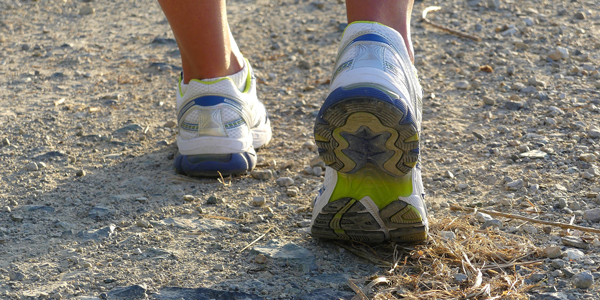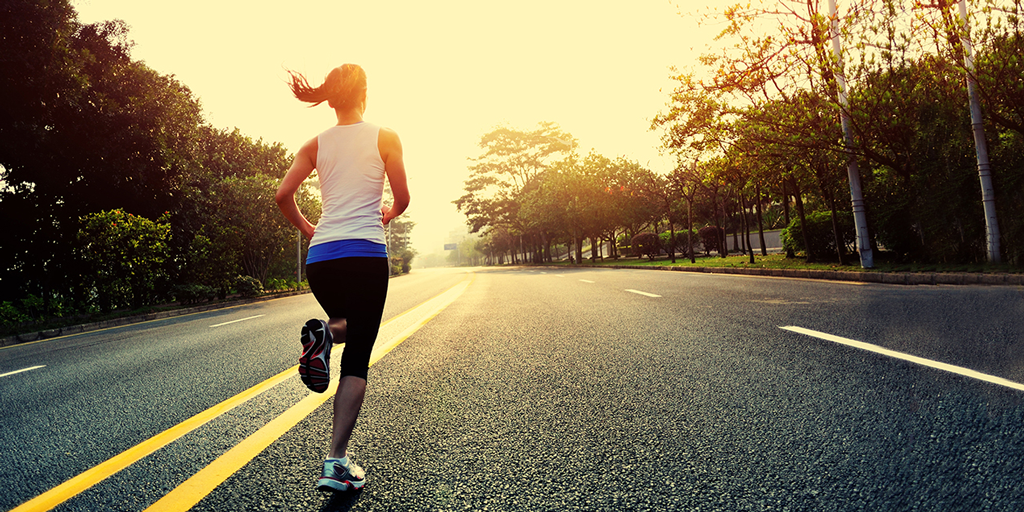
The Right Shoe for Your Activity
“If the shoe fits, wear it.”
… not always.
It should also be appropriate for the actual activity that you are using it for.
For example, you would not wear flippers to run a marathon because you would not get very far, and it is definitely not very efficient. So why would you wear a shoe for an activity it wasn’t designed for?
Every shoe is designed for a purpose, and aptly named, such as roadrunners, trail runners, court shoes, etc. Going into a shoe that is not made for that activity would cause you to be less efficient, and may result in injury.

Activity: Standing vs. Sitting at a desk
Walking shoes vs. Dress shoes
It’s essential to have shoes for work that are both comfortable and practical to wear. If your work requires you to stand and walk around a lot, an appropriate walking shoe is necessary. These shoes should have a strong shank and increased cushioning, and have an adjustable upper to ensure a secure and snug fit of the shoe around the foot and ankle.
This is not to say that if you have a sitting job, you are free to wear high heels and weak footwear. It is still prudent to look for well-structured footwear as there is still walking involved with a desk job, be it walking to and from work, and even around the office.
Tread & Sole
Walking shoes or runners have a fairly strong tread that also allows for grip. This helps to prevent slipping. Dress shoes tend to have fairly smooth soles and are not suitable for walking long periods due to the lack of traction. The soles of dress shoes also tend to be thinner and will not provide as much shock absorption as a walking shoe can.
Uppers & Closures
It is best to find a walking shoe with an adjustable upper so it allows for a better fit around the ankle and foot. Dress shoes are shallower in depth and tend to have a tighter fit around the foot.
Due to certain styles, such as slip on and flats, there is also less adjustability as you cannot tighten the shoe. This can result in more ankle movement and instability if the foot is not anchored into the footwear properly.

Activity: Running
Road Shoes vs. Trail Shoes
Ensure that you get the right shoe for the terrain. Think about it: there is a variety of wildly different terrain outside, and not every shoe is capable of enduring it all. You don’t want to risk injuries by slipping on wet dirt because the shoes do not have enough grip. Conversely, you could end up with a pair of trail runners wearing out too quickly due to inappropriate use on the road.
Tread & Sole
Road runners tend to have a flat rubber sole with thicker cushioning as you are running on hard, flat concrete. The cushioning will help shock absorption to reduce the impact on the joints. Compared to trail runners, the soles have bigger lugs and spikes for better grip on soft dirt, rocks and twigs, and are typically made from harder denser rubber. Not so good for shock absorption, but then the terrain you are on – soft dirt helps with that.
Uppers & Closures
Road runners usually have bigger holes in the mesh upper for ventilation, while trail runners are more closed to prevent small rocks and sand from accumulating inside. Some trail runners also have a hard toe cap to protect the toes from stubbing.
Talk To An Expert!
Remember, the first step is choosing the shoe for your activity. Then, make sure it fits. Head on down to your nearest Kintec to have a fitting expert look at your feet and to pick the shoe that is most suitable to you and your needs.
Mei Poon
Kintec Pedorthist
Sorry, the comment form is closed at this time.